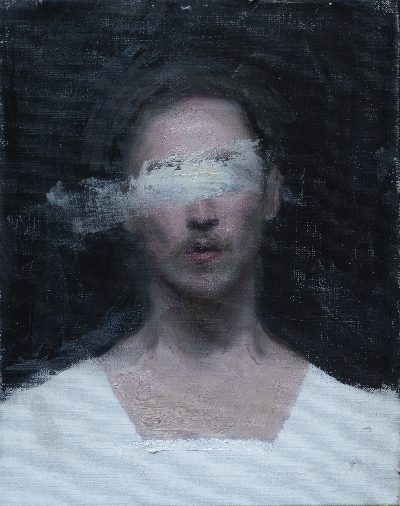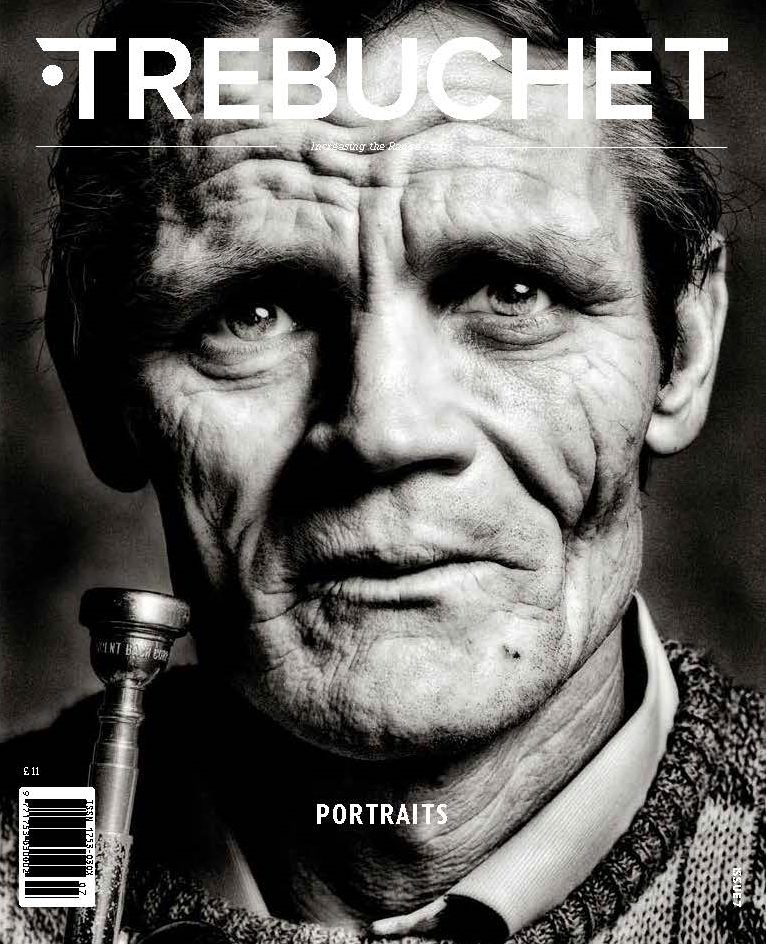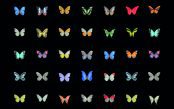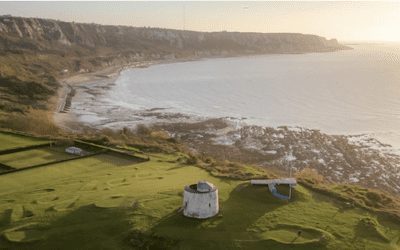[dropcap style=”font-size:100px; color:#992211;”]T[/dropcap]he level to which an artwork contains more than it shows is often what defines it as art.
We expect art to have depth below the easily understandable; there has to be a sense of mystery that draws us in and tantalises a touch beyond our grasp. The gap between our senses and our understanding is where art happens, and the extent to which this gap is undeniably filled with an attractive force (emotion or immanence) is the level to which an artwork succeeds. To succeed it must pronounce itself to the viewer in an undeniable fashion. Of course viewers are never passive when it comes to what is art, they feel the things that they want to succeed, and ignore things they want to fail. They will be swayed by comparisons, culture, gossip, greed and good breeding. Worse still, they change their minds. Better artworks remain hidden, obscure; they flash, tease and then close shop. Meaning once so clear, is best hidden and not shared, not spoken about and not revealed. Art is a light that abhors other luminescence. Like a smile or a sunset, its truth stands apart and is not relevant to the domestic economies of science or politics, except when it is unavoidably true. Where there are no smiles or sunsets there are things that need doing, humans are not free, chains abound and souls are in danger. Notably, there are few smiles or sunsets in many galleries, and often fewer still in studios; hence the need to paint.
Carl-Martin is a Norwegian painter and educator whose work explores self-awareness through portraiture. The striking thing about his submission to the BP Portrait award 2019 (eventually coming second) was that although the face was obscured, the emotion of the painting was very personal. It was a self-portrait that told you a lot with little detail, it brought hiding to the surface without revealing the hidden. The hidden in this case being the painter himself.

Study by Carl-Martin Sandvold
Speaking to Trebuchet, Carl-Martin discussed how he came by his technique of art construction and what it meant to be nominated.
“It was super exciting and surprising! But I think you’ll always think “Whaaat!? This one!? Now everyone is going to see this painting?” But in the end I feel happy about it. It was special to see how well it was hung, lit and placed, and my anxiety disappeared the moment I saw it in that environment.
When you are making a picture there is often the classic creative problem: one moment you hate it and feel like fool for even beginning to think you had what it took to make something good, the next moment there is absolute certainty you have a masterpiece on your hands. Normally the truth lies somewhere in between. With this piece, I had my ups and downs, ending it somewhat disappointed, but quickly it grew on me and now I feel happy with how it turned out and also the direction it is taking me artistically.
[With my new direction]I had started to think about movement, or the faces being out of focus as a symbol of the lack of stability, the uncertainty and the chaos we often feel. That contrasts with other elements in the pictures being stronger, more in focus, showing that maybe in some sense we are the most fragile creature of all? At least when you consider that we have also evolved to contemplate these questions. In this case, there’s also the crown (contrasting with the meaning of the motion blur) as a symbol of power, achievement and all else that we desire and think will make us feel OK, in fact says that the desired elements might not have that power after all...[Read more]
Read the full article in Trebuchet 7: Portraits

The aim of art is to represent not the outward appearance of things, but their inward significance. – Aristotle




















